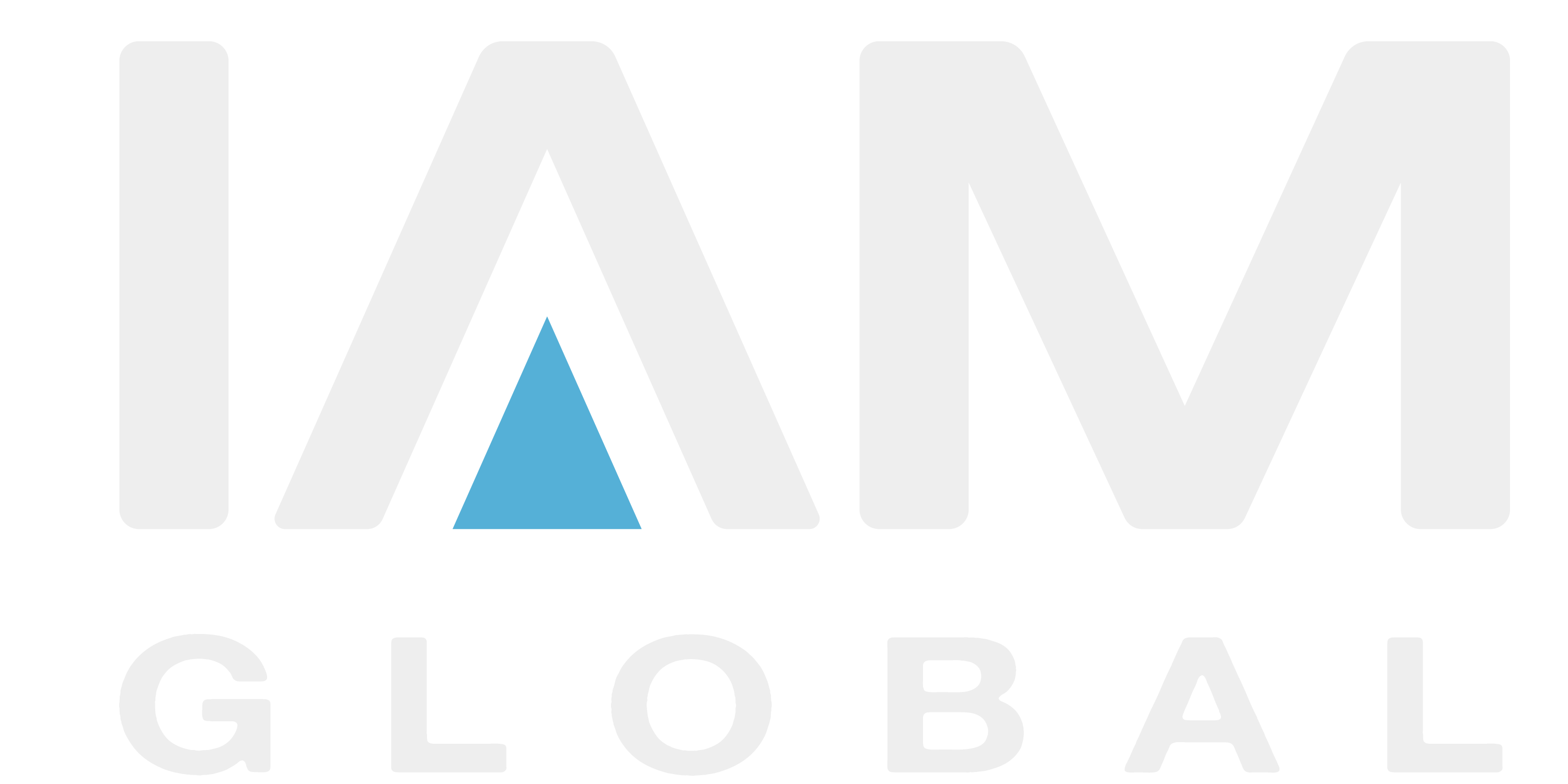
It goes without saying that the current pandemic has caused major disruption to businesses across the globe and has forced even more of a digital transformation to ensue.
Auction houses already offering online solutions through timed and live auctions have kept their sales steady with some even reporting a period of growth. Both auction formats offer advantages to auctioneers but where Industrial and Commercial auctioneers have successfully used the timed format for higher value asset sales, Fine Art auctioneers have traditionally used the format to give unsold lots from a live auction a second chance under the hammer. So do Timed Auctions have a new lease of life for fine art auctioneers, and what do you need to consider before you try the format?
WHICH FORMAT WORKS BEST?
There are lots of benefits to each, and decisions should be based on factors such as the type of sale and goods being offered, the average value of the lots, and how much time and resource you have to commit to the sale. A timed sale does not require an auctioneer to conduct the sale or call out the bids as they come in, therefore reducing the costs of a traditional auction. However, most fine art auction houses have auctioneers on staff and an in-built saleroom on-premises, so it’s worth considering if these small cost savings negate any potential loss on hammer recoveries.
You may also want to consider your audience, and what type of buyers you hope to attract. Live auctions offer a fast-paced and exciting environment to serious buyers, often encouraging flurries of bidding driving up the price. A good auctioneer will also use a live format to tease every pound out of the buyers, and when the hammer falls the lot is guaranteed as sold, giving the buyer reassurance that they’ve won.
With timed auctions, buyers can bid at their own pace during a specified time, with ample opportunity to increase their bid. This style of bidding can be less nerve racking for those new to auctions, therefore encouraging a potentially new audience to participate in your sale.
And there is now a third option for Bidpath clients, the Hybrid. Hybrid technology offers a unique solution, allowing auctioneers to manage the whole live auction process without an operator when holding a traditional live auction is not practical, possible or cost effective, and where a timed auction does not offer the auctioneer enough control over the process, or a live auction experience.
THINGS TO CONSIDER?
The first question to ask yourself is, why am I considering a timed auction over a live or hybrid auction format?
Timed auctions won’t allow for multiple sources of bidding to be received, for example telephone bids or bids from other platforms can’t be offered so may not extract the best price or fully encourage competitive bidding within your sale.
Live auctions are often seen by auction vendors and buyers as more transparent than timed online sales. They miss the atmosphere and excitement of bidding live with an auctioneer and with technology offering bidders opportunities to pre bid in live auctions, there may be little disadvantage to offering the remaining bidders the option to join the auction live.
There is also the risk that bidding never really gets going in a timed sale, and the costs you save by not having an auctioneer get eaten up by administrating after-sales and re-offering lots.
Timed auctions also do not always enable you to achieve maximum realisation for an asset. Not just because the auctioneer is not there to encourage bidding but because the buyers can’t see the auctioneer taking bids in the room. This is where a hybrid auction can be a good solution, offering the benefits of a timed auction alongside a live commentary from an experienced auctioneer to keep the momentum and excitement of a traditional auction.
WHEN DO TIMED AUCTIONS WORK?
For many years, the industrial and commercial sector have had great success in running timed online auctions for their sales due to the transactional nature of the goods rather than assets bought for pleasure or as investments of passion. Industrial and commercial auctioneers are often also faced with a high costs and logistical challenges when selling assets off-site, making the timed format more attractive; timed auctions typically represent most of this sectors online activity.
Our observations have also indicated other scenarios where timed auctions can be successful:
1. Where you require a high volume of buyers for lower value goods (likely to be one-off buyers, not serious bidders with a high lifetime value)
2. Where high-end niche goods are being offered, such as books, prints, maps, wine and whisky.
Our current stats indicate that live auctions take the lead as the most popular format accounting for 67.8% of sales, followed by 31.2% run as timed and 1% as hybrid (2019-2020).
Most auction houses that use a mixture of live and timed auctions, will hold them either through their own private label or via a marketplace listing. If you have asked yourself why you are considering a timed auction format, and you have a clear case for using it over a live or hybrid format, it is sensible to explore your options with both, ensuring that you are fully aware of any short-term offers being made. These may at first seem attractive and present themselves as a quick fix but may then have a negative impact on your business’ long-term goals and objectives and strategy for growth.
WHICH SOLUTIONS ARE AVAILABLE?
There a several marketplace solutions offered where you can either solely list your catalogue to utilise them as a marketing tool or to also run your online auction. Essentially these aggregator sites bring lots of auctions and their sales together in one place. Your sale will be listed alongside your competitors gaining exposure to a new audience, however your branding will normally be minimal, and you risk offering an opportunity for your regular buyers that you send over to bid elsewhere the chance to check out other auction houses, and cross over to buy with your competition.
Bidders for your auctions will also then have to register for your sale through the marketplace and bid at your sale through their system. You part with some of the money from that sale at the end (typically anywhere between 3-5%) with the commission figure susceptible to being changed by the supplier at any given time. We are currently (at the time of writing this) seeing discounts on commission being offered in the market by some suppliers for the use of timed auctions. These attractive pricing models inevitably then rise after 6 months by which time it may be too hard to move away, leaving you with a reliance on a platform that you can no longer comfortably afford nor justify as a feasible outgoing. The emphasis here is to think long-term about your business goals and online bidding budgets, and the awareness not to get duped into a deal that will not pay dividends in the long run.
Overall, it may seem appealing to fully utilise marketplace platforms; a good balance for consideration would be to use a marketplace for the exposure and marketing aspect with an online only listing, but maintaining the control over your sale and buyers through the use of a private label.
Building a reliance on a marketplace may also hinder your future decision to change to a private label, as your buyers’ habits will be established with a 3rd party platform making it harder to move them over to bidding directly with you on your site, with your processes. You also will not own any of that buyer data, therefore essentially contributing towards building the ‘big data’ that all business’ strive to achieve but for the benefit of a 3rd party marketplace instead. The main goal should be to build and grow your own digital assets which marketplaces will indirectly hinder over time.
WHY A PRIVATE LABEL SOLUTION?
With a private label solution, you get an extension of your own website and brand, buyers register directly with you, and bid directly through your website with no set commission payable at the end.
It also allows your auction business to have full control enabling you to maximise your bottom line. More and more auction houses are seeing the benefits of using their own private label to run a mixture of both live unattended and timed auctions, particularly within the current climate where these have been the only viable option to sell when physical sales were either banned or restricted.
Ensuring you have the right tools in place from the get-go can ensure this remains a long-term cost-effective solution for your auction business, and your brand. The emphasis should always be to have a solution that always allows you to have full control and clarity without the risk of having new or hidden costs sprung on you or dictated to you over time.
Bidpath empowered auctions will allow your buyers to engage directly with your brand on a platform that fully integrates into your website.
If you would like to discuss how we can help you be fully in control of your sales through a private label, either as a standalone system or indeed to supplement the use of an existing marketplace, we can support your needs and ensure you have the right tools to enable your online presence to be fully optimised both now and in the future.
For more information about Bidpath’s Timed or Hybrid auction technology please contact our sales team
Online Auctions | Timed Auctions | Hybrid Auctions | Art & Antiques | Digital Transformation | Auction Technology | Auction Software
